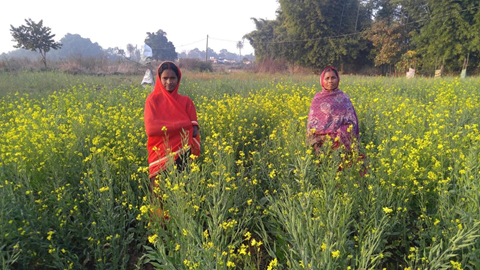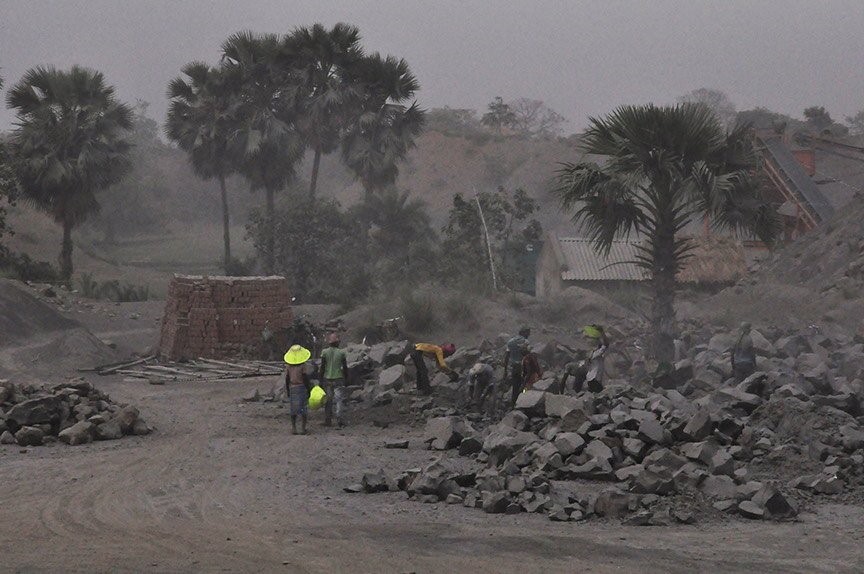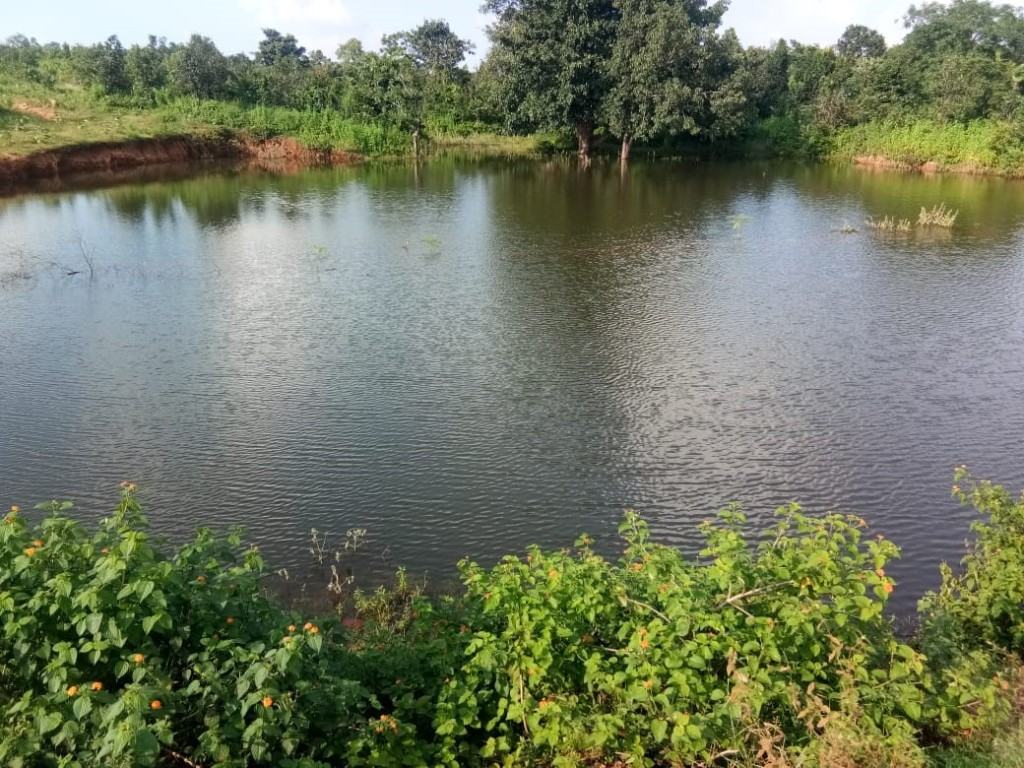
I am a writer of speculative fiction; you might say I deal in dreams and nightmares. When I address climate change in my work, it is as a doorway into the complex of crises that confront us: rising inequality, mass extinction of species, nitrogen cycle imbalance, and, of course, climate change. Climate reductionism is dangerous, because it implies that we just have to fix carbon emissions and all will be well. Nothing could be further from the truth.
The best way to understand that – even for a writer of imaginative fiction – is to pay attention to reality. I mean, specifically, the real world of marginalized communities where apocalypse has already come to stay. It is here that we can take the true measure of the great engine of modern industrial civilization. It is here that our most entrenched middle-class assumptions and entitlements are challenged.
Through a volunteer driven movement called AID (Association for India’s Development) that partners with with grassroots groups throughout India, I get to listen to the voices of the unheard. So in the hope that you will also want to hear what they have to say, and perhaps support this work, here is an account from a povertized, desertified region of the Indian state of Jharkhand.
Life used to be difficult for Sauhar Singh and his wife, Makhni Devi. The only way for the middle-aged couple to afford one meal a day for their family was to work in the stone quarries of the region. What was once a vast, unbroken expanse of forest in Jharkhand is now a desert of stone and mica quarries, overhung by dust clouds that can be kilometers long. The forest used to be a source of food, fodder and traditional medicine for the villages of the region, but when it was destroyed, the water table dropped, agriculture failed, and villagers lost their way of life, their means of sustenance and their independence. They became dependent on daily wage labor in the quarries to survive.
It is not just middle-aged small farmers who have become enmeshed in stone quarries and mines. Child labor is a horrific reality in India’s mines. Stone quarries swallow young people and old alike, condemning them to diseases like silicosis. See, for example, Precarious Labour in Stone Quarries of Eastern India, a short documentary. The construction boom in India and the endless middle and upper class hunger for Western-style living result in sacrifice zones like these. Real estate developers and the cement industry are partners, along with the mining mafia, in the rise of stone quarries. Many of these quarries are illegal. They contaminate water sources and make life hell for those who live in the area. Working in these quarries without protective gear, people breathe in stone dust as they crack stones to feed into the crushers. As Madhusree Mukerjee documents in a photo essay in Birbhum district in West Bengal, these quarries destroy communities, forests, life, and hope itself.

But in Sauhar Singh’s village in Jharkhand, something has changed. I look at a photograph of two women standing in a field of mustard flowers in bloom. Many people in the village have left the back-breaking work in the stone quarries and returned to agriculture. Sauhar Singh and Makhni Devi grow potatoes, tomatoes, brinjals and more. Now there is enough excess produce that they can sell the surplus. Their grandchildren are able to go to school.
What has enabled this miracle is the revival of the local micro-watershed. Through AID, the communities of the region have received guidance and support from hydrological experts, as a result of which they have built farm ponds and check dams to conserve water and prevent erosion, and engaged in ecological restoration of the local forests, including the preparation and distribution of seed balls of native trees. As the forest is being restored to health, the water table is rising, allowing several families in the village to leave the quarries and return to agriculture. The communities’ traditional relationship with the forest is being revived. Through all this, the former daily wage laborers are finding their self-respect and pride in being able to take care of their own lives.
We are working with partners on the ground in several districts of Jharkhand in watershed restoration. The communities’ concerns guide the work, and their active collaboration is essential. The transformation has been extraordinary – in one place, the water table rose ten feet. While challenges are different in different places, it seems clear that addressing the availability of water for people and ecosystems through community collaboration is – for lack of a better term – a nexus solution. The revival of the forest supports biodiversity and – through enhancing the carbon sink, addresses climate change. Sociologically we see communities becoming self-sufficient, able to free themselves from dangerous work in the quarries, gaining food security and able to consider education for their children, including girls. Neighboring villages are seeing these changes and eager to participate.

From this reservoir (above), barren and dry for 25 years, to this (below):

Talking to our partners via Zoom across the planet, I am struck by the intelligence, eagerness and resilience of the people of these communities. There is laughter and humor, creativity and strength. It is humbling and uplifting to be among them. Friends who spend months in these villages report a renewed hope and determination in the face of rising odds. As climate worsens, as destructive ‘development’ runs amok, as mainstream society continues to devour Earth’s resources with exponentially increasing hunger, I find in these stories of resistance and change, renewal and regeneration, reason to believe that another world is possible.
IF YOU ARE MOVED BY THESE STORIES PLEASE CONSIDER DONATING TO AID’S WATERSHED RESTORATION PROJECT!